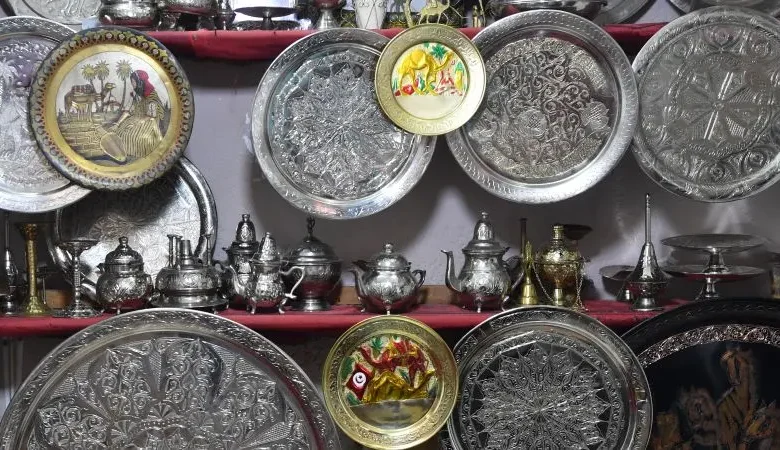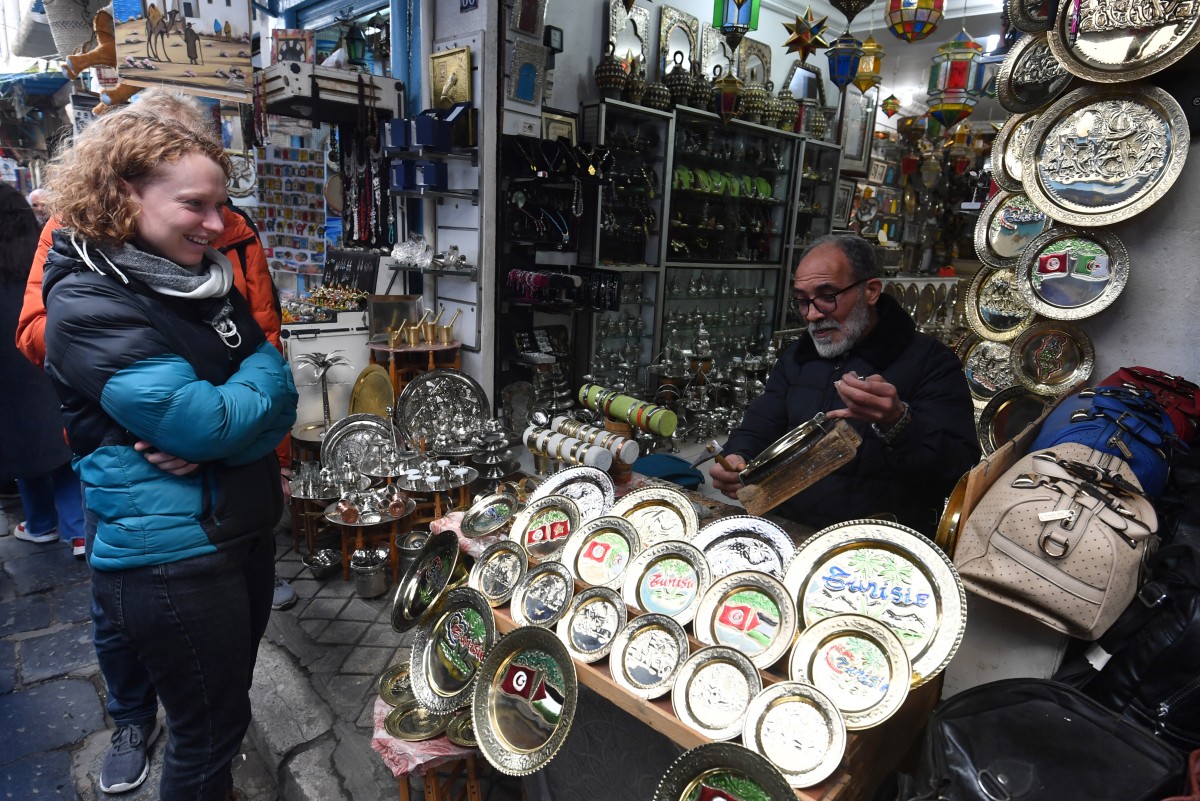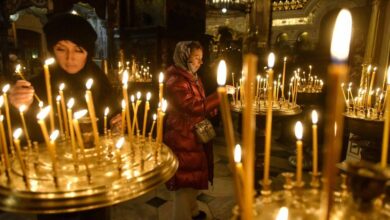Preserving craft of metal engraving in North Africa

In the heart of Tunisia, Mohamed Amine Htiouich is keeping alive the ancient art of metal engraving. Having started honing his skills as a teenager, Htiouich now trains young enthusiasts in this time-honored craft. Metal engraving, a skill that involves manually cutting words or symbols into jewelry and other objects, has been recognized by UNESCO and added to its intangible heritage list.
However, despite the international recognition, local artisans feel that the craft is undervalued and lacks government support.
For centuries, metal engraving has been practiced across North Africa and the Middle East. It combines the influences of Islamic civilization, Mediterranean traditions, indigenous Amazigh heritage, and Far Eastern styles. Imed Soula, a Tunisian artisan who helped nominate engraving for the UNESCO list, explains that local craftsmen draw inspiration from the aesthetic, religious, and cultural references of their societies when creating their exquisite works.

In Tunisia, Chiheb Eddine Ben Jabballah teaches metal engraving to women in his Den Den workshop. However, the apprenticeships are often too short, lasting only three months, whereas Ben Jabballah believes it takes at least two years to learn all the techniques of engraving. This craft is a point of pride for craftsmen like Ben Jabballah, yet they find that it is undervalued in their home countries.
In Morocco, artisan Abdelilah Mounir believes that the UNESCO recognition will boost tourism and trade. However, Mohamed Moumni, a jeweler from Sale, thinks that the main problem in Morocco is the scarcity of skilled craftsmen. Similarly, in Libya, artisans complain about the lack of support from authorities, as well as the exodus of experienced craftsmen from the trade.

Algeria also faces similar challenges, with limited public initiatives and a high demand for engraved metal. Each region has its specialty, including gold jewelry in Tlemcen and silver rings, necklaces, and bracelets in Kabylia and Aures. Despite the difficulties, craftsman Walid Sellami from Algeria expresses his pride in the craft and the recognition it has received.
While UNESCO’s designation brings attention to the ancient craft of metal engraving in North Africa and the Middle East, local artisans highlight the need for more government support and longer apprenticeships. With their passion and dedication, these craftsmen strive to ensure that this exceptional tradition does not disappear and remains an integral part of the region’s cultural heritage.










